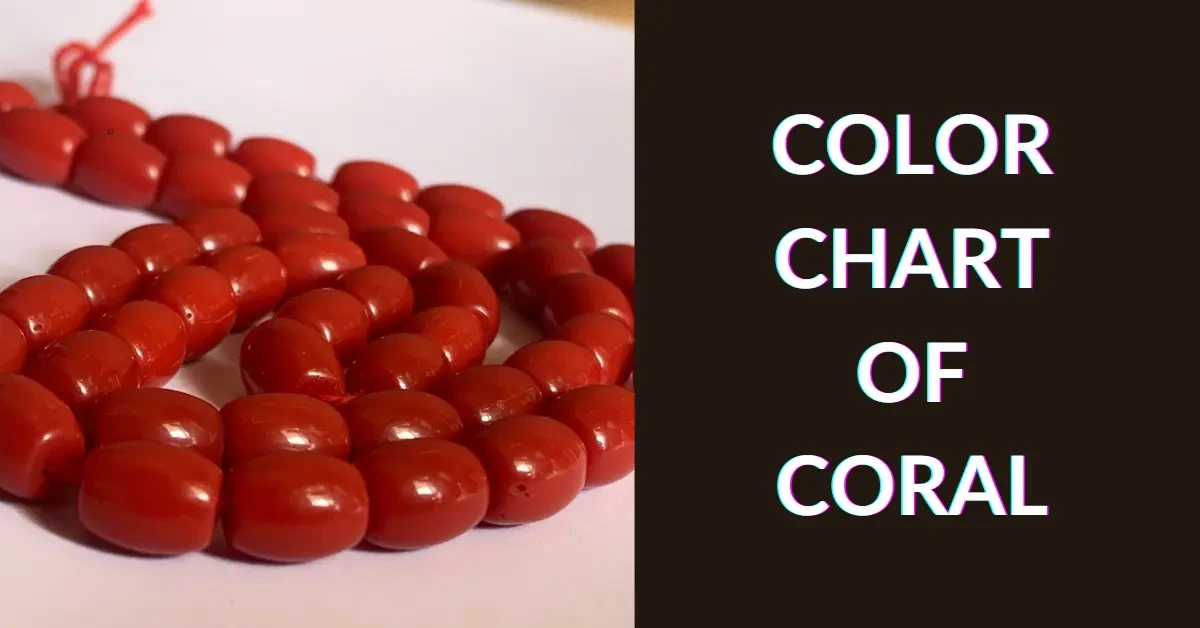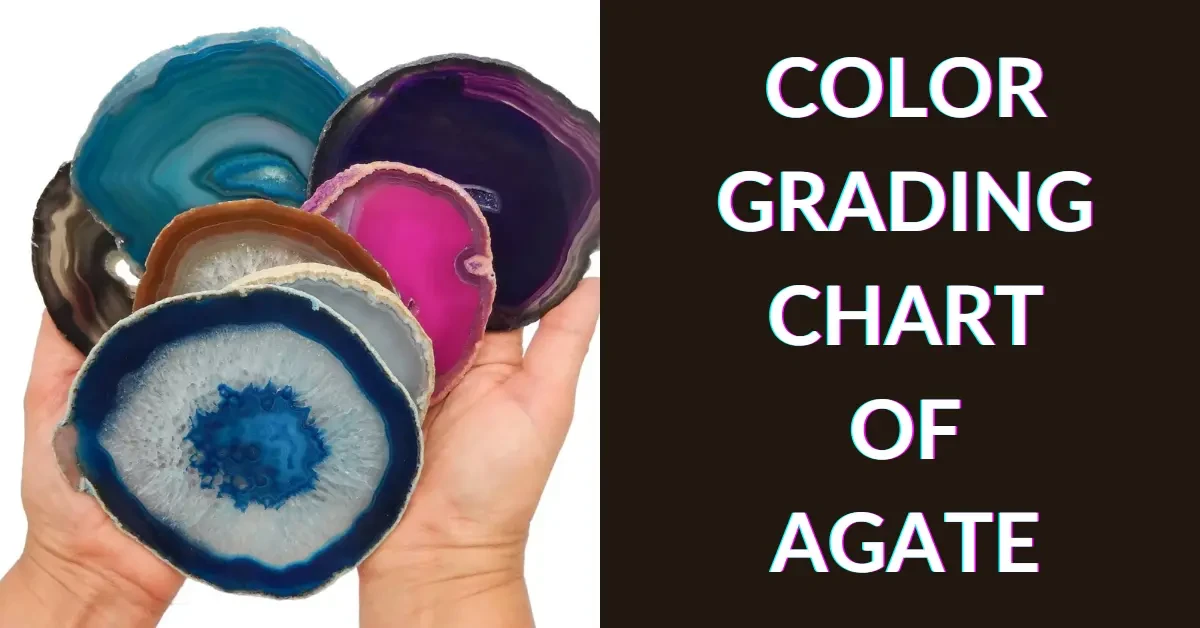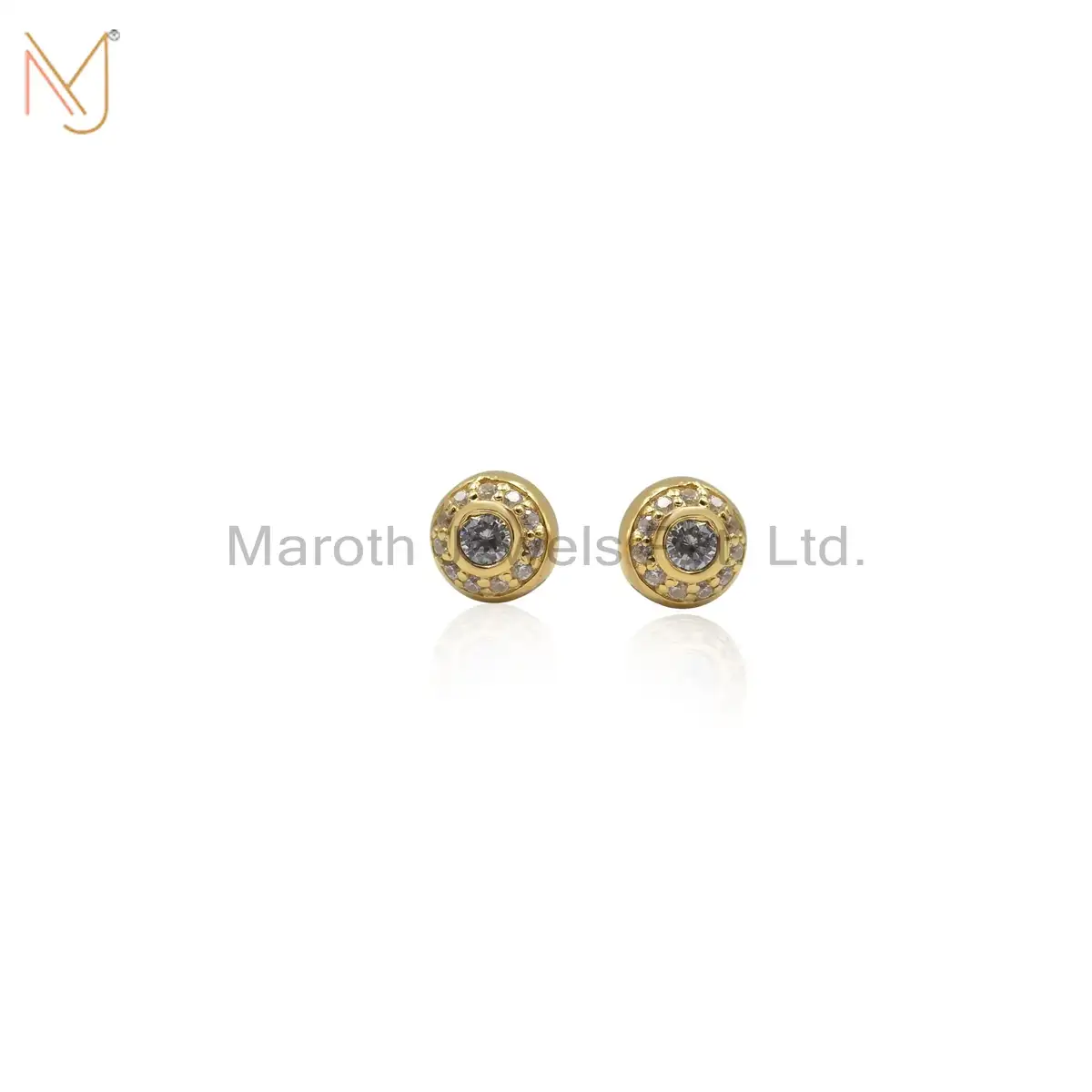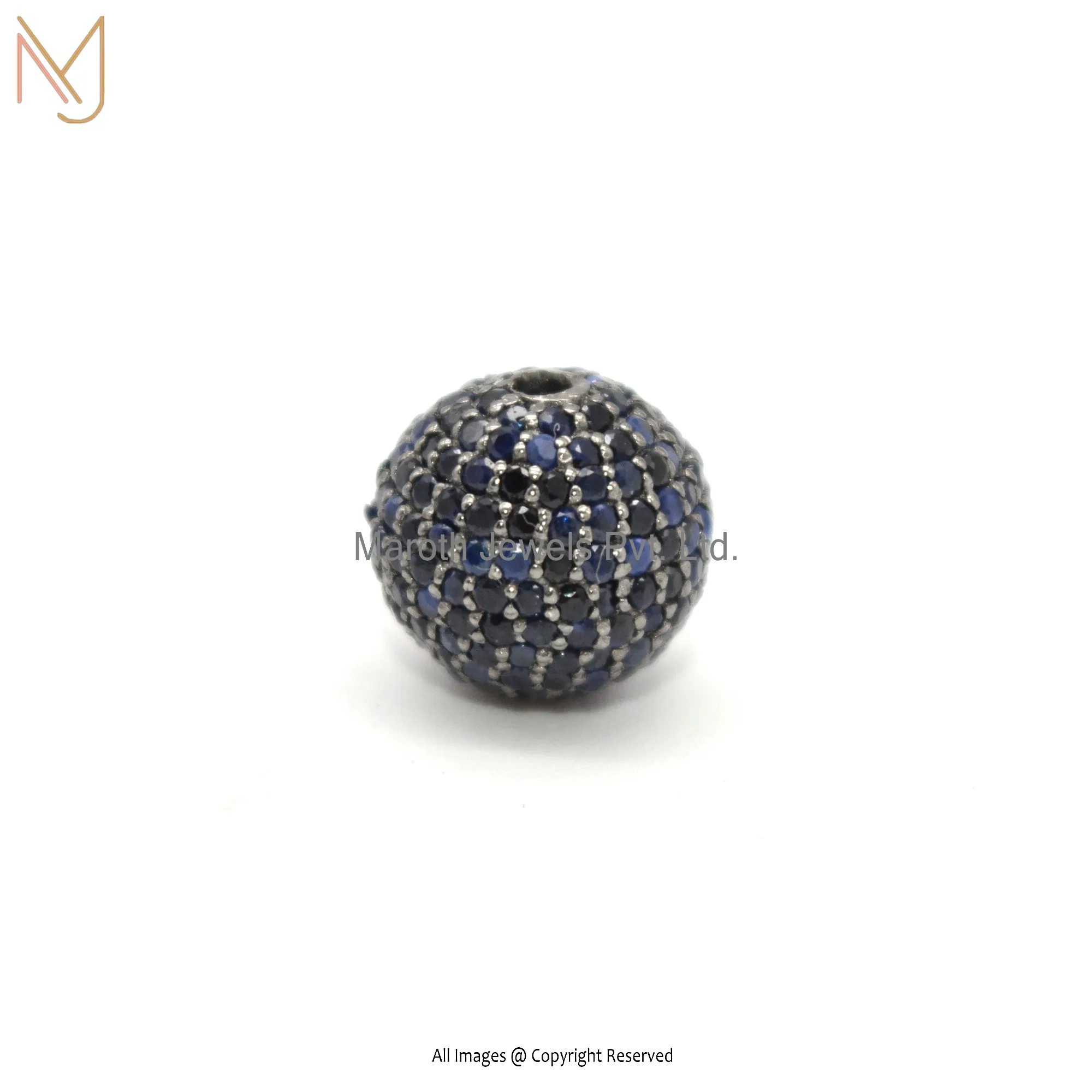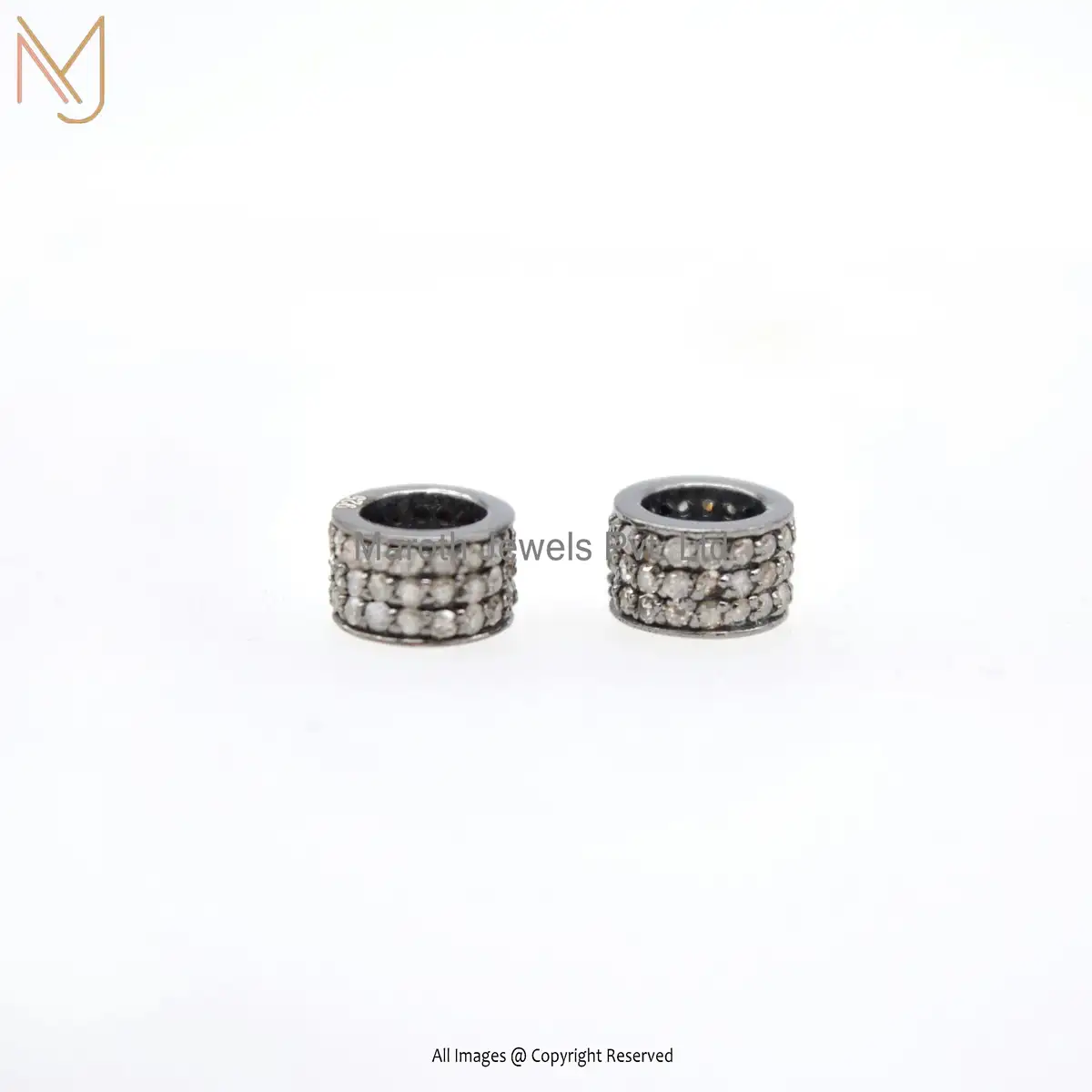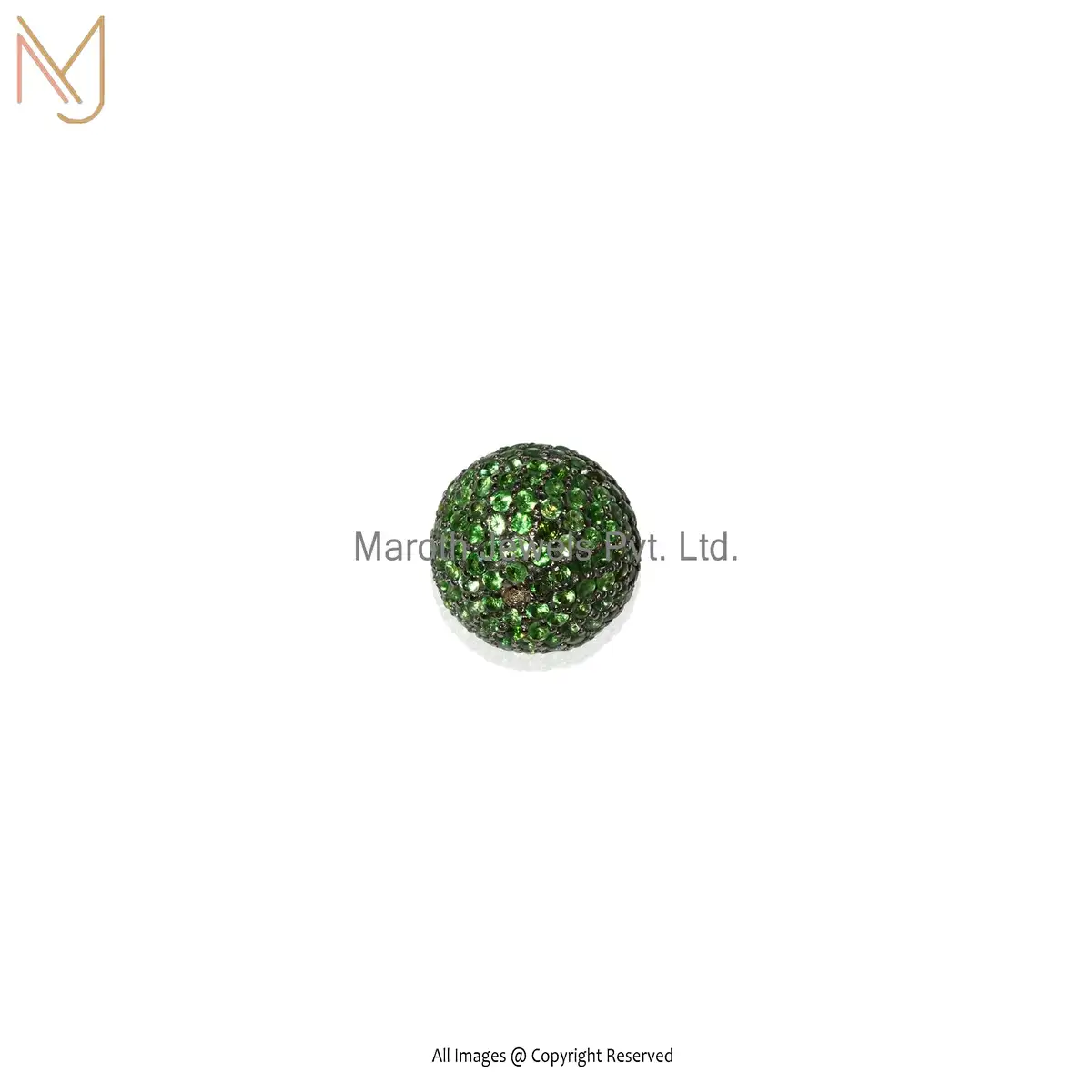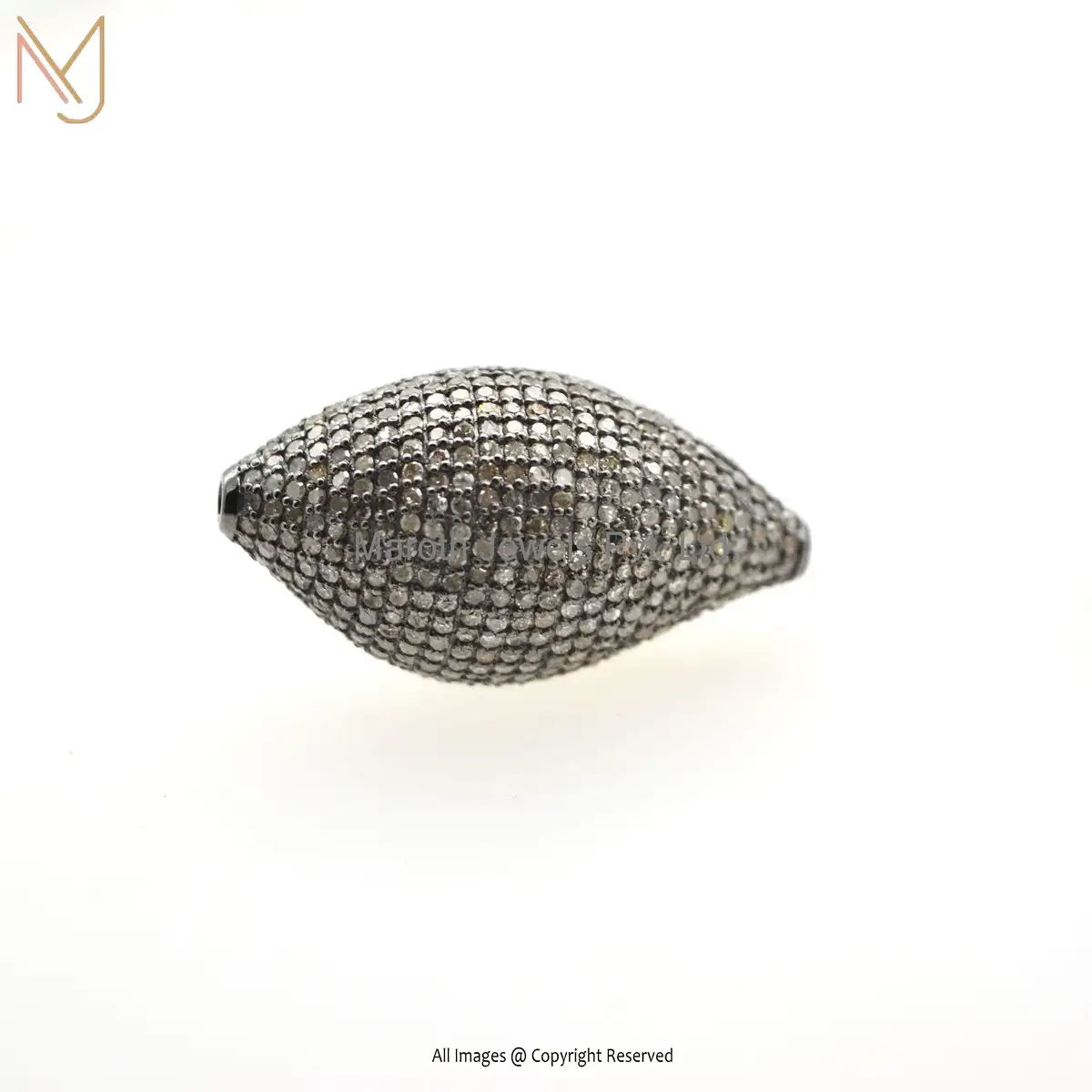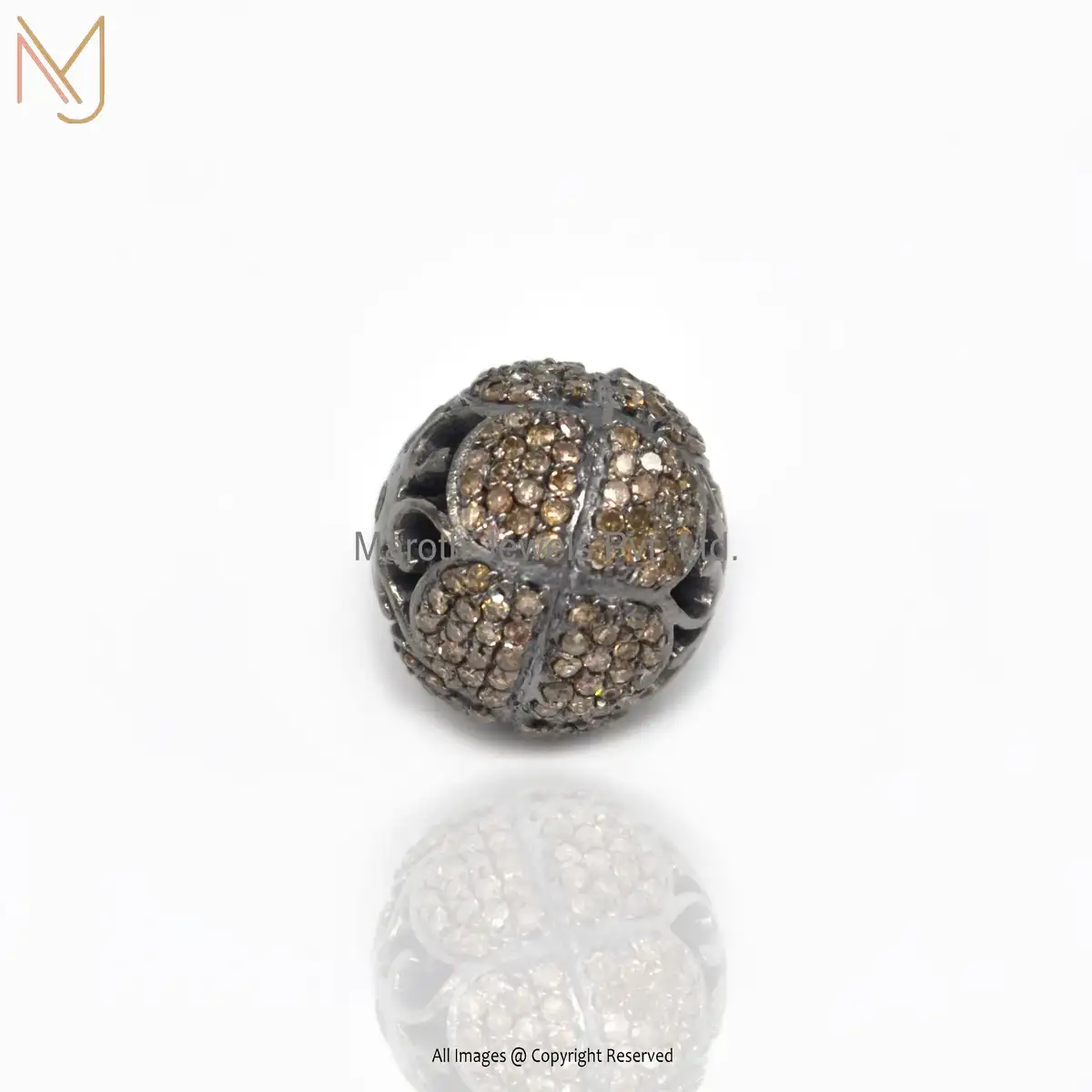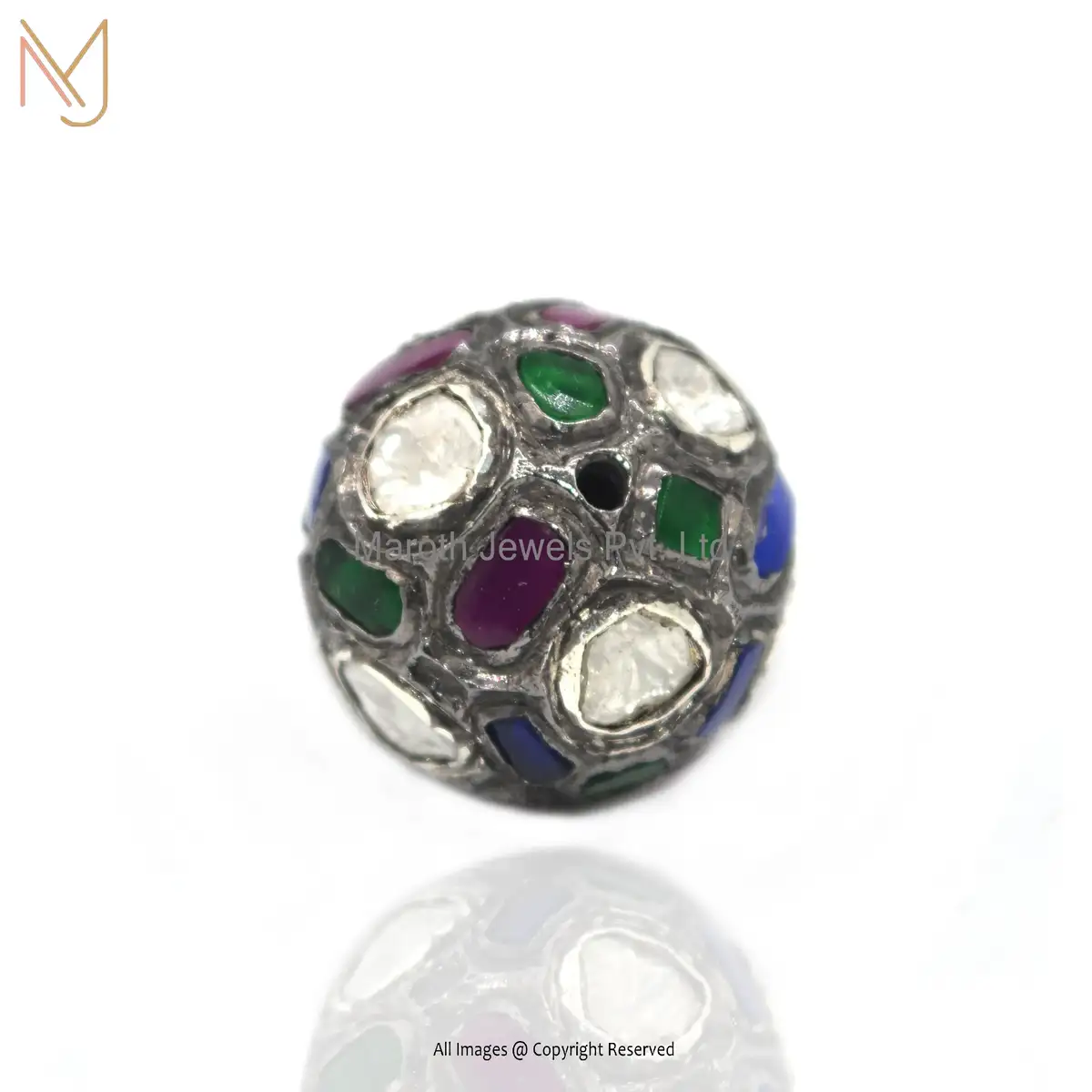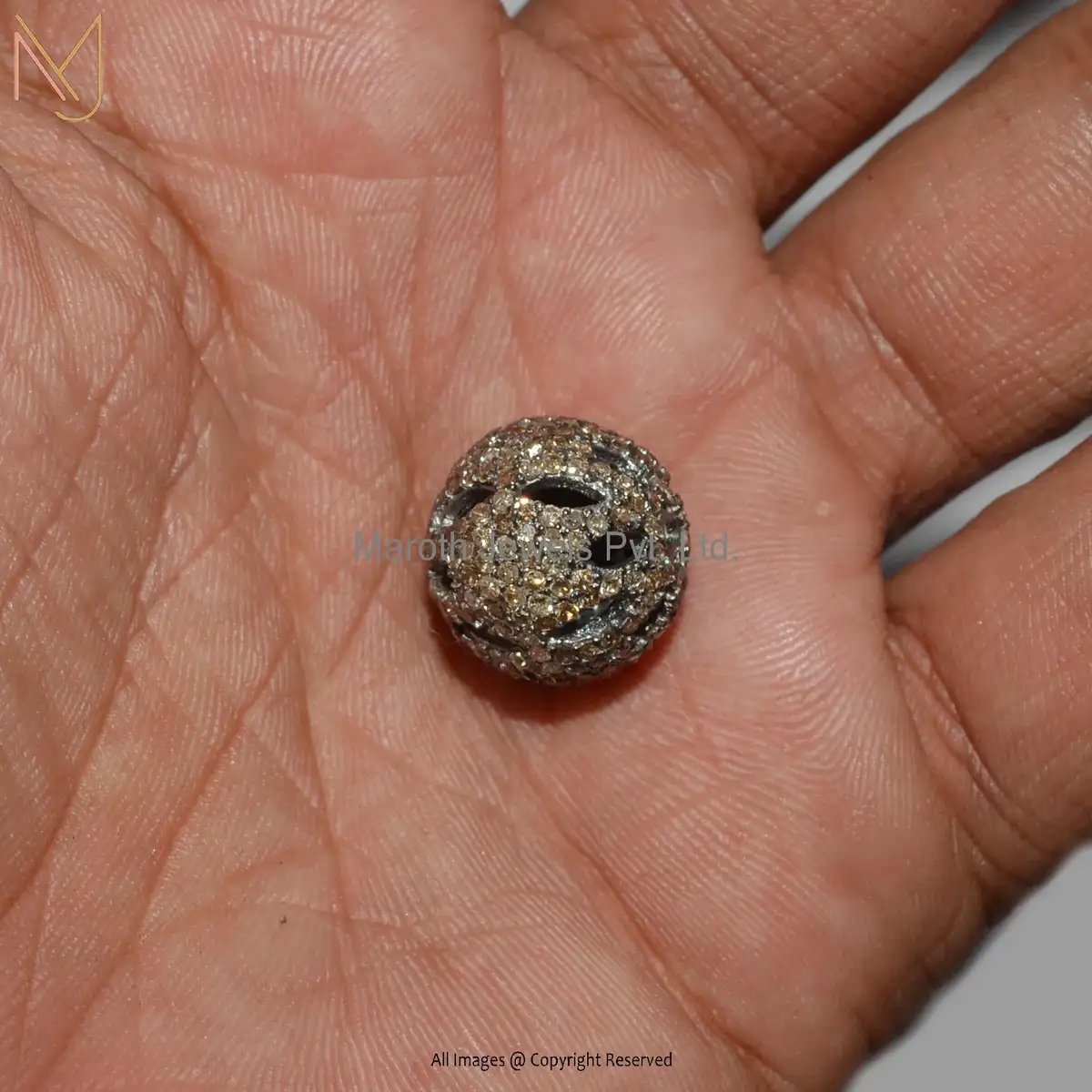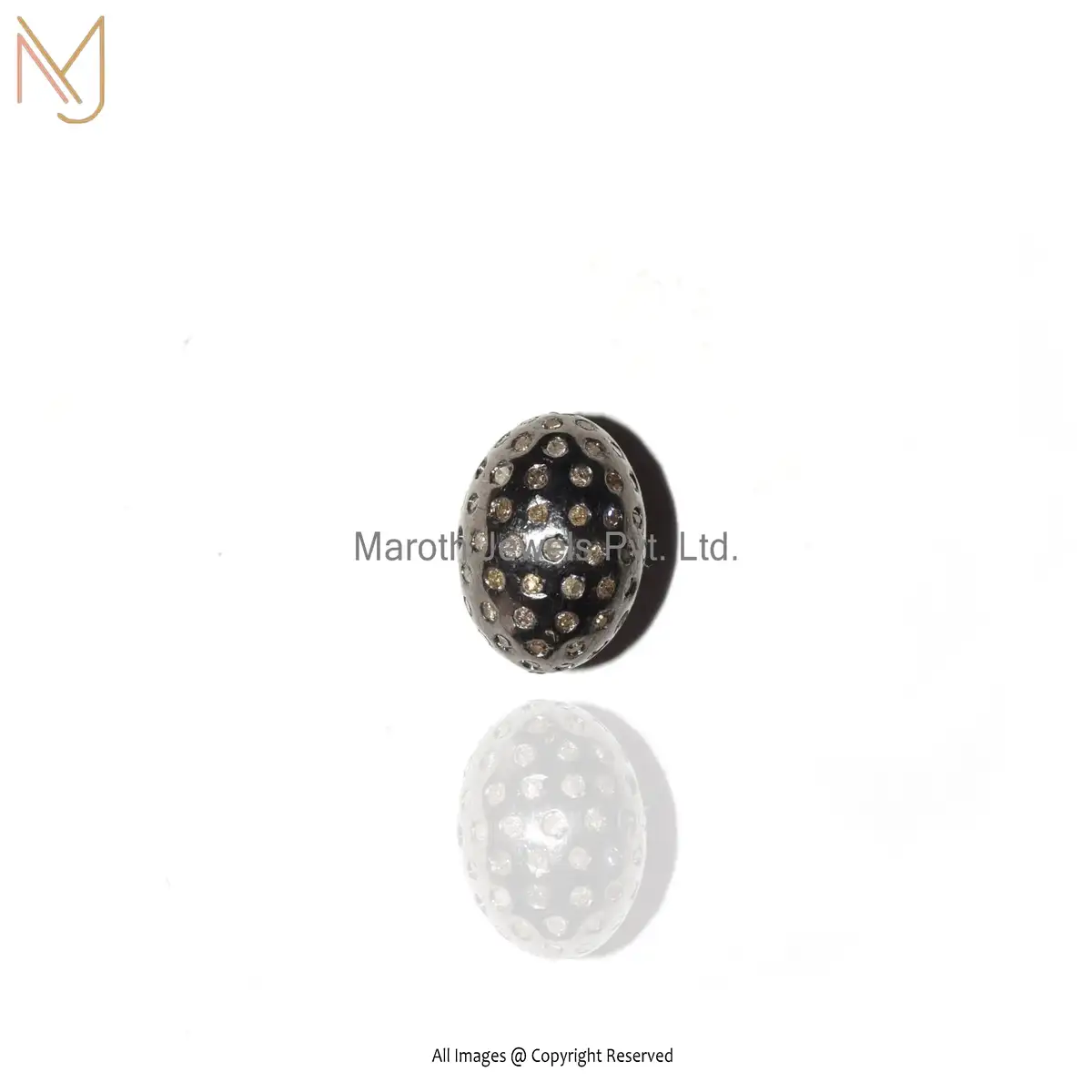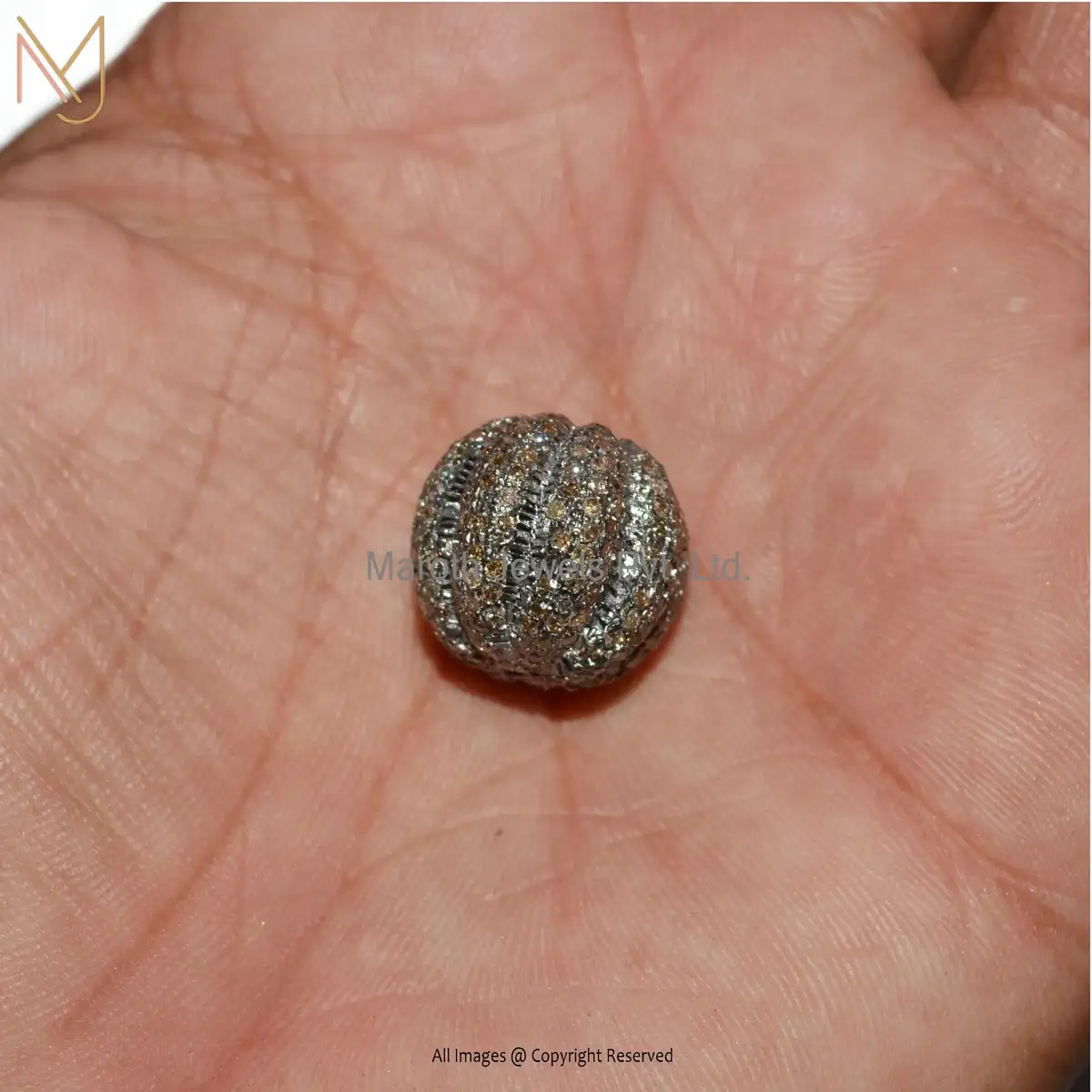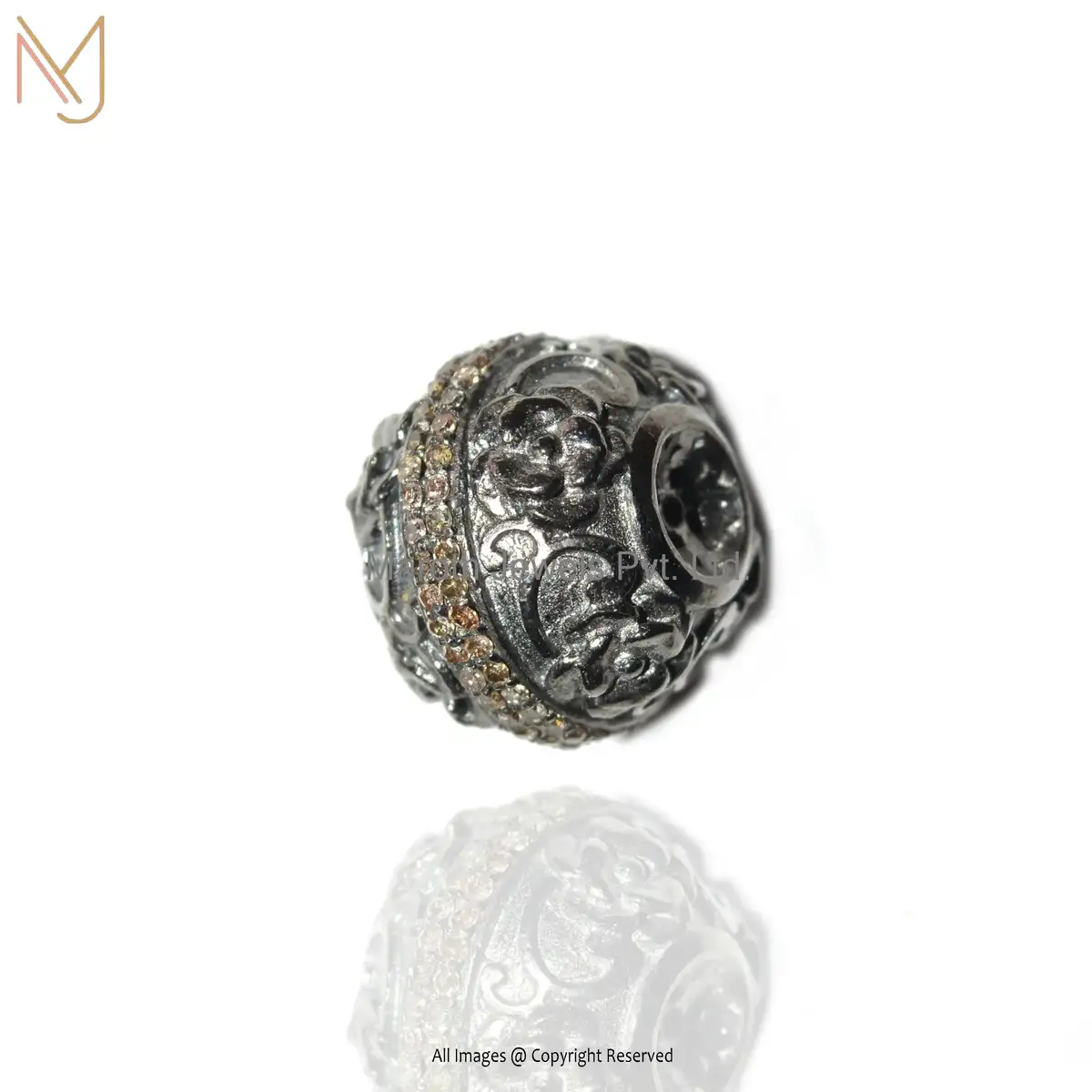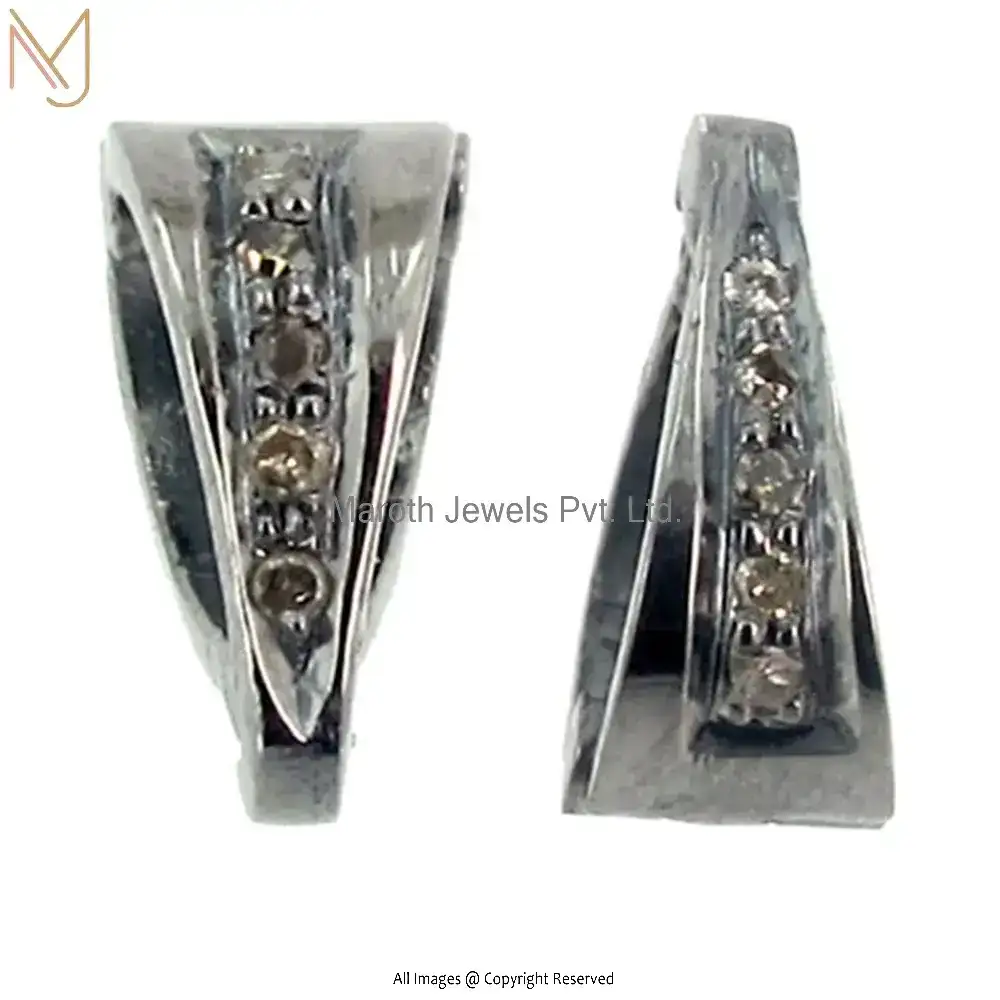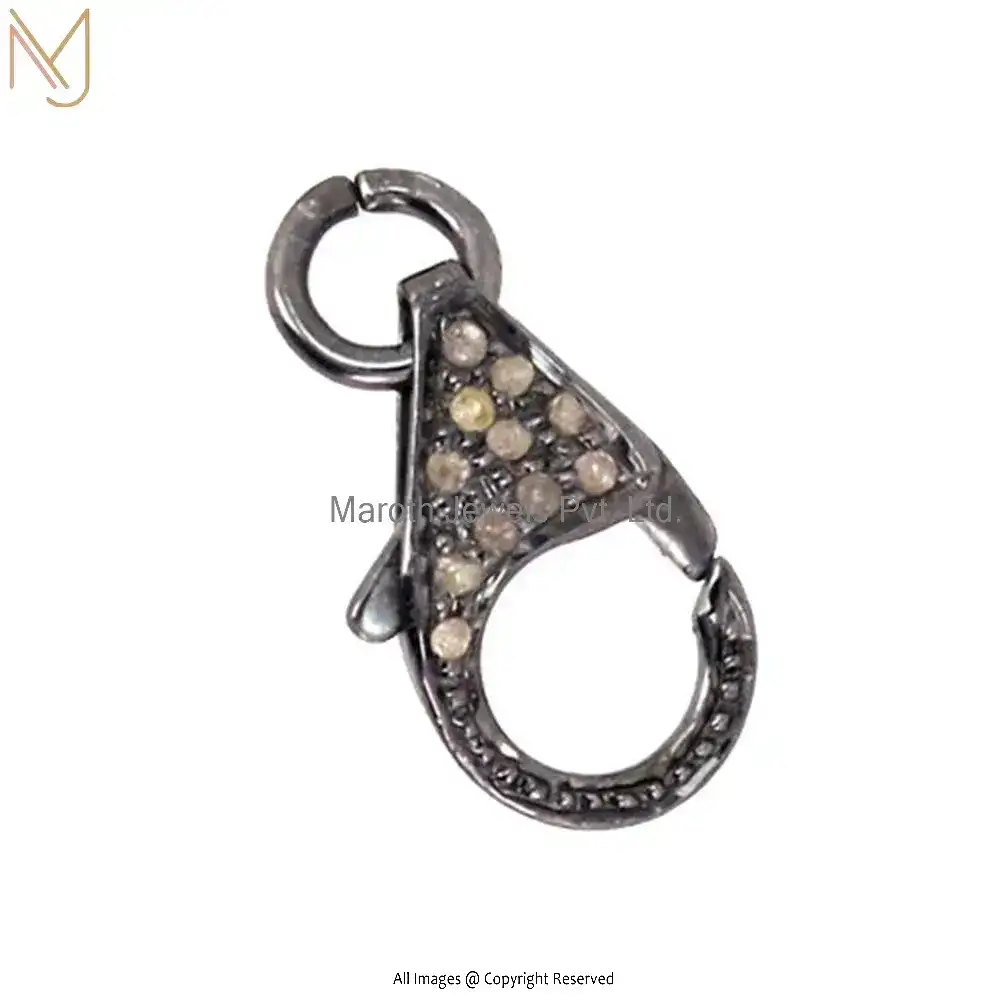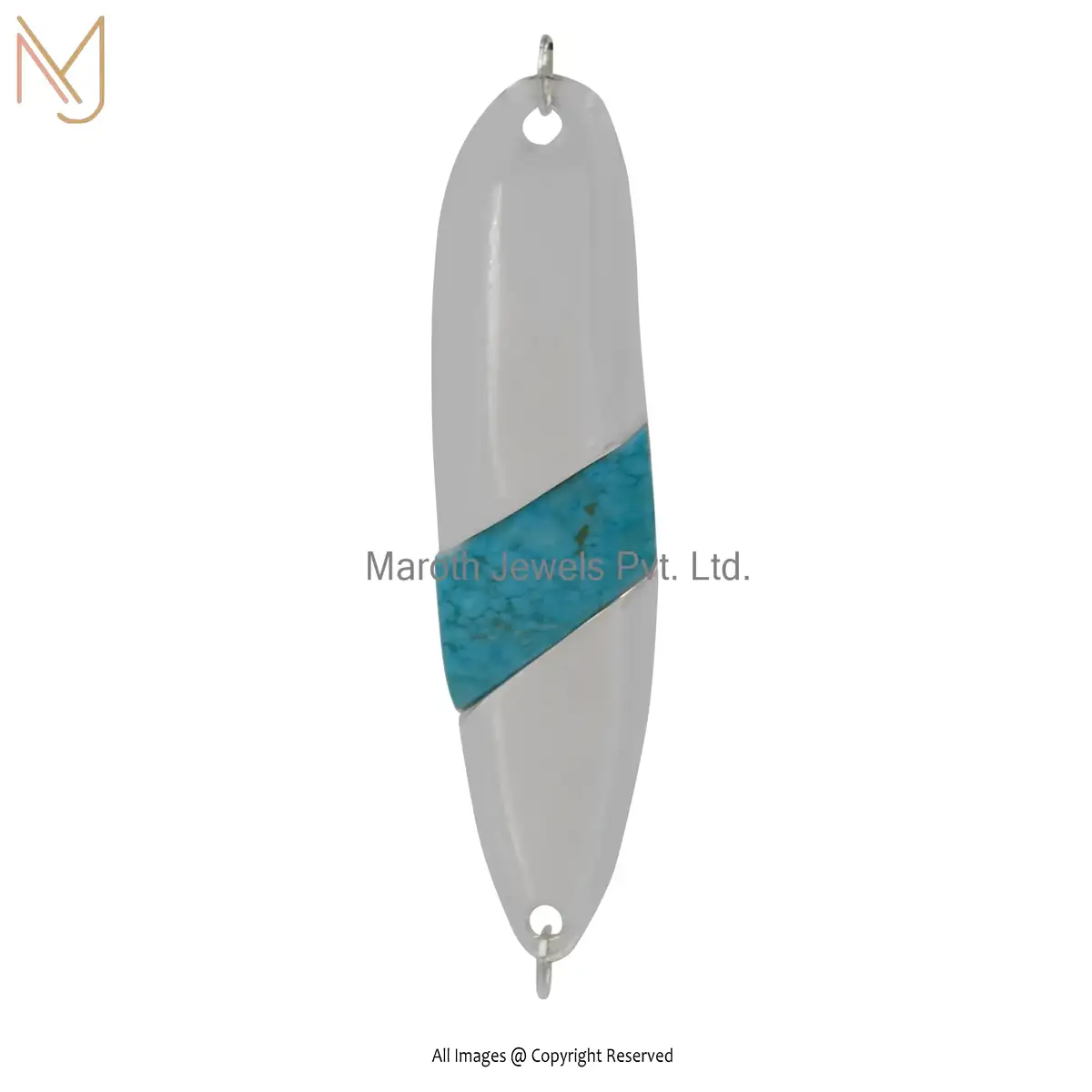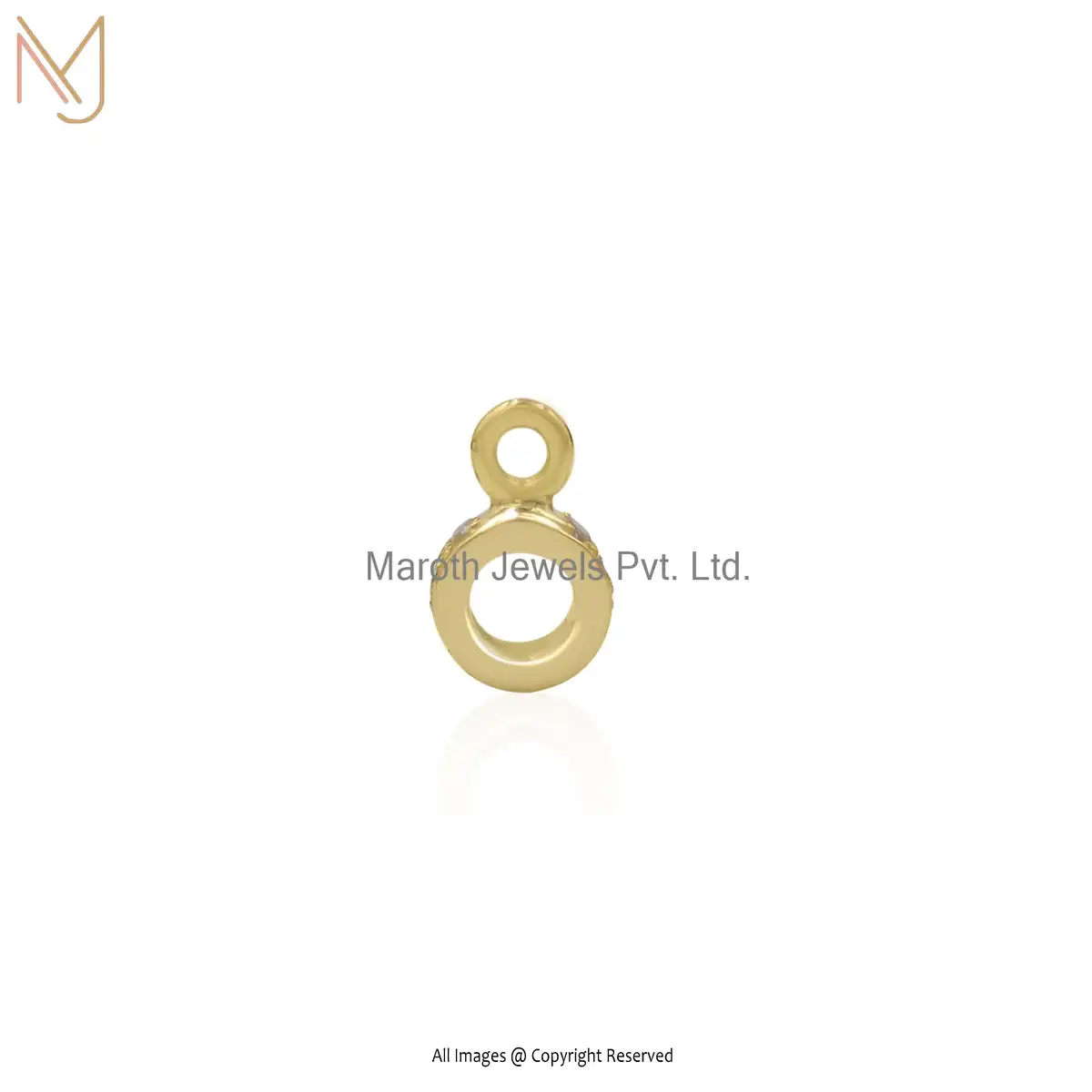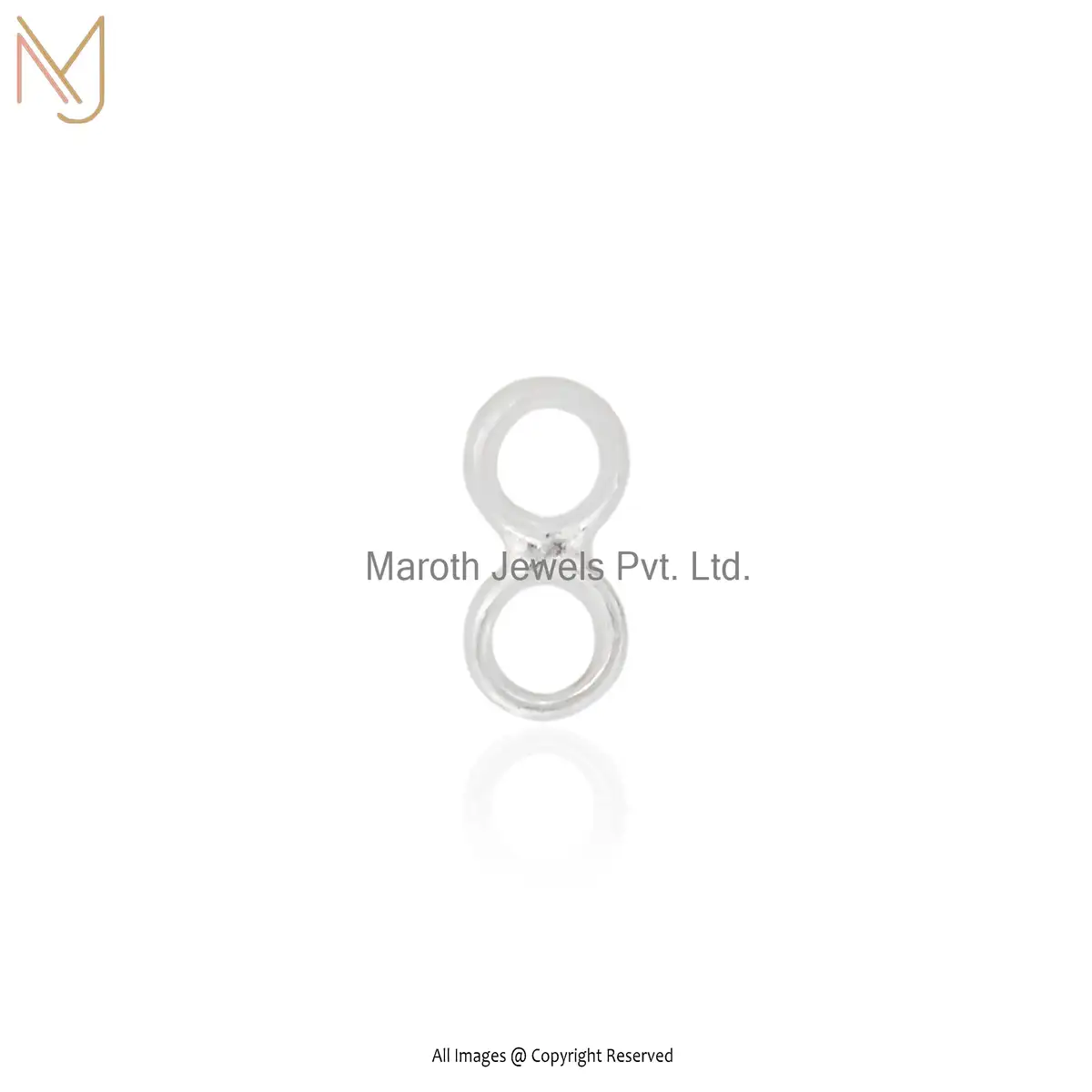What Is Gold Purity and How Is It Measured? Comparing 24K, 22K, 18K, 14K, 12K and 10K Gold
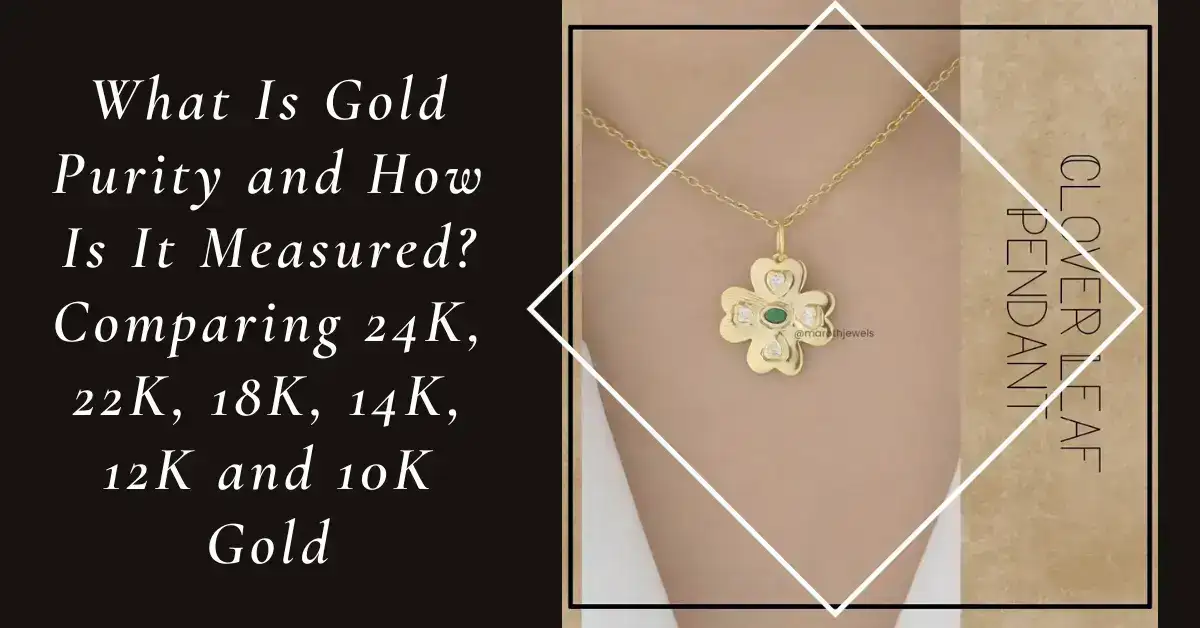
What Is Gold Purity and How Is It Measured? Comparing 24K, 22K, 18K, 14K, 12K and 10K Gold
Are you curious about what is gold purity and how is it measured? Well, you aren’t the only one. The most precious metals that can be commonly bought and used, it is widely popular among people.
Whenever you are buying gold or considering doing so, there is one thing that confuses a lot of people, it is gold karats, also denoted as K. So, what is gold carat? And what is the difference between 24K, 22K, 18K, 14K, 12K, AND 10K Gold?
Well, if these are the questions that you are looking to answer, this blog is for you. Here, we shall be discussing all you need to know about gold purity, how it’s measured, and the difference between different karats. Let’s get right into it:
Understanding Gold Purity
Let’s answer the most important question first, what is gold purity? Well, the term “Gold purity”, often referred to as fineness, is a measure of how much pure gold is contained in an alloy. And the purity is in karats (K) or as a percentage. As a general rule, the more the Karat is, the purer gold will be. The maximum purity you can get in gold is no more than 99.9%.
And there is a good reason behind it: in its 100% pure state gold cannot be used in day-to-day wear, thus, leading to use of other materials with it to form an alloy. This makes it more durable and wearable.
Now, it’s time to answer another question, what is the difference between 24K, 22K, 18K, 14K, 12K, AND 10K gold? We shall answer just that, in the section below.
Visit for :- bangle manufacturers in india
Comparing 24K, 22K, 18K, 14K, 12K, AND 10K Gold
Are you confused between different karats of gold? Well, it is a common practice for people who buy and sell gold ornaments. For instance, let’s start with the purest state of gold:
1. 24K Gold (99.9% Pure Gold)
24K gold is the purest form of the metal, standing at 99.9%. When it comes to this precious metal, it doesn’t get any better than this, thus leading to the name, “pure gold”. However, one of the downsides of 24K gold is, it is extremely soft and malleable. And because of that, it is not suitable for everyday jewelry due to its lack of durability. But it is used to make coins or bars which are mainly used for investment purposes. This is the least common type of gold that you can find.
2. 22K Gold (91.6% Pure Gold)
This is the second purest and something that is more commonly used in India to make jewelry. It is known as 22 K, since it contains 22 parts gold and 2 parts other metals (typically copper and silver) to enhance strength. Moreover, it is 22K karat of gold that possesses the distinct bright yellow color that we are all so fond of. In addition to good looks and its purity, it’s also actually durable thanks to it being an alloy.
3. 18K Gold (75% Pure Gold)
18K gold is more commonly used at 75% purity to make high-quality jewelers. Partly because it is much more affordable than the previous two options. Since it comprises 18 parts gold and 6 parts other metals, this form of gold offers a balance between purity and durability.
4. 14K Gold (58.3% Pure Gold)
You must have heard a lot of people ask how much is a 14K gold worth? Well, that is because this 14 parts gold and 10 parts other metal alloy is more commonly used to make wedding bands and other fine jewelry. In fact, this is the gold that is suggested for daily wear since it is highly durable.
5. 12K Gold (50% Pure Gold)
This is the type of gold which is often also known as Rose gold, due to its pinkish hue. As you can see, it is only 50% gold. i.e., it comprises 12 parts gold and 12 parts other metals. Due to its low purity it was rarely used for jewelry making traditionally, but the pink hue is growing more in trend these days.
6. 10K Gold (41.7% Pure Gold)
Lastly we have 10k gold, which is 10 parts gold and 14 parts other metals. This is the lowest alloy of gold that you can find in. And again, it is used to make jeweler or particular sort. Also mainly due to the fact that this form of gold is highly durable. So, this is how all the different karat types of gold compare to each other.
How Gold Purity is Measured?
Don’t know the purity of your gold ornament or what karat it is? Well, there are actually few tests which help you determine the purity of gold. In this section of the blog, we shall be looking at these three tests, starting with:
Visit For:- jewelry manufacturer in india
1. Acid Testing
The first one is acid testing. As the name suggests, this form of gold purity testing involves nitric acid. The acid is applied to the gold and then the reaction is observed. The higher karat the gold is, the lesser and slower it will react to the acid. On the other hand, lower karat will react more. It is a simple test with low accuracy.
2. X-Ray Fluorescence (XRF)
As one might assume from the name, this is a rather advanced form of gold karat or gold purity test. There is a machine called XRF machines that use X-ray technology to analyze the composition of gold without damaging the item. Moreover, It provides precise measurements of gold purity. The best part is, unlike acid testing, there is no damage to the material and results are also more accurate.
3. Fire Assay
Lastly, we have the oldest way of testing gold purity, called fire assay. And let us tell you, it is highly accurate. Here a sample of gold is melted and chemically analyzed to determine its purity. So, these are the different tests which can be used to test gold purity.
Conclusion
Gold purity is a fundamental aspect of the precious metal that influences its value, appearance, and durability. In India, where gold holds immense cultural and economic importance, understanding the differences between 24K, 22K, 18K, 14K, 12K, and 10K gold is essential.
READ MORE:- How Much Is 14 Mg Of Gold Worth?
What Is the Difference Between Gold Jewellery 22K, 18K, 14K, & 10K?
Gold jewelry is popular. 22K, 18K, 14K, and 10K are all different. They refer to the gold's purity. Knowing the difference is important. It helps you make informed decisions. Let's explore each type.
Understanding Karats
Karats are gold purity. It is a measure of purity. Mixing gold with other metals creates stronger alloys. The number before the 'K' indicates the proportion of gold. Higher numbers signify more gold content. Lower numbers indicate a higher presence of other metals.
22K Gold Jewellery
22K gold has high purity. It contains 91.7% gold. It includes 8.3% other metals. These metals add strength.. It is bright and yellow. It is popular in countries like India. It is ideal for special occasions. It may scratch or bend easily. It is not best for everyday wear.
VISIT FOR :: Custom Jewelry
18K Gold Jewellery
18K gold is common in fine jewelry. It has 75% gold. It includes 25% other metals. These metals make it durable. It is less yellow than 22K gold. It has a balanced look. It offers a good mix of purity and strength. It is less prone to scratches. It is suitable for daily wear.
14K Gold Jewellery
14K gold is popular in many countries. It contains 58.3% gold. It has 41.7% other metals. It is stronger than 18K gold. It is less yellow. It has a subtle shine. It is more affordable than 18K gold. It is a practical choice for jewelry. It is durable for everyday use. It resists scratches and dents. It is ideal for rings and bracelets.
10K Gold Jewellery
10K gold has the lowest gold content. It contains 41.7% gold. It includes 58.3% other metals. It is very durable. It is less yellow than higher karat gold. It is the most affordable option. It is perfect for budget-friendly jewelry.
10L vs 14K vs 18K vs 22K
Comparing Durability
Higher karat gold is softer. It is more prone to scratches. Lower karat gold is harder. It is more resistant to damage. 22K gold is the softest. 10K gold is the hardest. Durability depends on your lifestyle. Choose based on how often you wear it.
Considering Price
Price varies with gold content. 22K gold is the most expensive. 18K gold is less expensive. 14K gold is more affordable. 10K gold is the cheapest. Your budget influences your choice. Higher karat gold is an investment. Lower karat gold is budget-friendly.
Examining Color
Gold color changes with purity. 22K gold is bright yellow. 18K gold is slightly lighter. 14K gold is even lighter. 10K gold has a pale yellow hue. Alloy metals affect color. Rose gold and white gold are examples. Rose gold includes copper. White gold includes palladium or nickel.
Assessing Allergies
Assessing Allergies Allergies are an important consideration. Lower karat gold may cause allergic reactions. This is due to the higher content of alloy metals. Nickel is a common allergen found in some gold alloys. 10K gold has the highest risk of causing allergies. It contains more alloy metals.
Evaluating Maintenance
Higher karat gold needs more care. 22K gold is delicate. It requires gentle handling. 18K and 14K gold are easier to maintain. 10K gold needs minimal care. Regular cleaning keeps it shiny. Store jewelry properly. Avoid harsh chemicals.
Choosing Based on Occasion
Occasion influences your choice of gold jewelry. Special occasions call for high karat gold. 18K gold is ideal for engagements and special gifts. It offers a beautiful balance of purity and durability. 14K gold is great for everyday wear. It is practical and strong.
VISIT FOR :: Which Hand To Wear Crystal Bracelet – Left Or Right Wrist?
Weighing Pros and Cons
Each karat has pros and cons. 22K gold is beautiful but soft. 18K gold is luxurious but less affordable. 14K gold is practical but less pure. 10K gold is durable but less valuable. Consider your priorities. Make an informed choice.
Personal Preference
Your taste matters. Some prefer bright 22K gold. Others like the subtlety of 14K gold. Think about your style. Choose what you love.
Historical and Cultural Significance
Gold has historical and cultural significance. Different karats are favored in various cultures. 22K gold is traditional in many Asian countries. It symbolizes wealth and purity. 18K and 14K gold are popular in Western countries. They are seen as luxurious yet practical. 10K gold is common in North America. It offers affordability and durability. Understanding these cultural preferences can guide your choice. It adds a layer of meaning to your jewelry.
Ethical Considerations
Consider the ethical aspects of gold mining and production. Look for ethically sourced gold. This supports responsible mining practices. It reduces environmental impact. Recycled gold is another option. It uses existing gold, reducing the need for new mining. Ethical jewelry choices contribute to a better world. They ensure your jewelry is beautiful inside and out.
Final Thoughts
Consider durability, price, color, allergies, and maintenance. Think about the occasion and your personal preferences. Choose the right gold for you. It offers practical advice for making a choice. Gold jewelry is timeless.
READ MORE :: How Much is a Small 14k Gold Bracelet Worth?
Recent Posts
A Comprehensive Guide to Stud Earring Sizes
Are Men’s Ring Sizes the Same as Women’s?
Pricing Chart of Turquoise Gemstones
Pricing Chart of Kunzite
Pricing Chart of Garnet
Quartz Durability and Hardness
Color Grading Chart of Moonstone
Color Chart of Coral
Color grading chart of Agate
Related products
Contact Us For Custom Jewelry
Please get in touch with us and share your ideas if you have personalized jewelry or are searching for a private label jewelry manufacturer. In accordance with your suggestions, we will make and present genuine jewelry.
Drop Us a Line
Scan QR Code
for immediate contact







